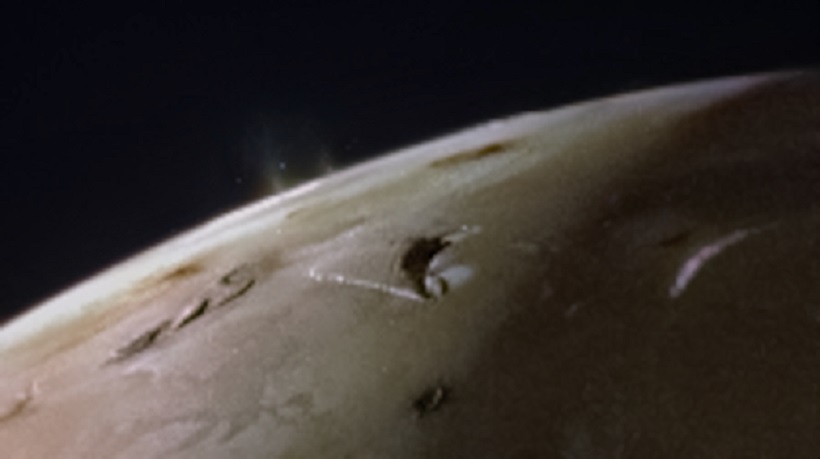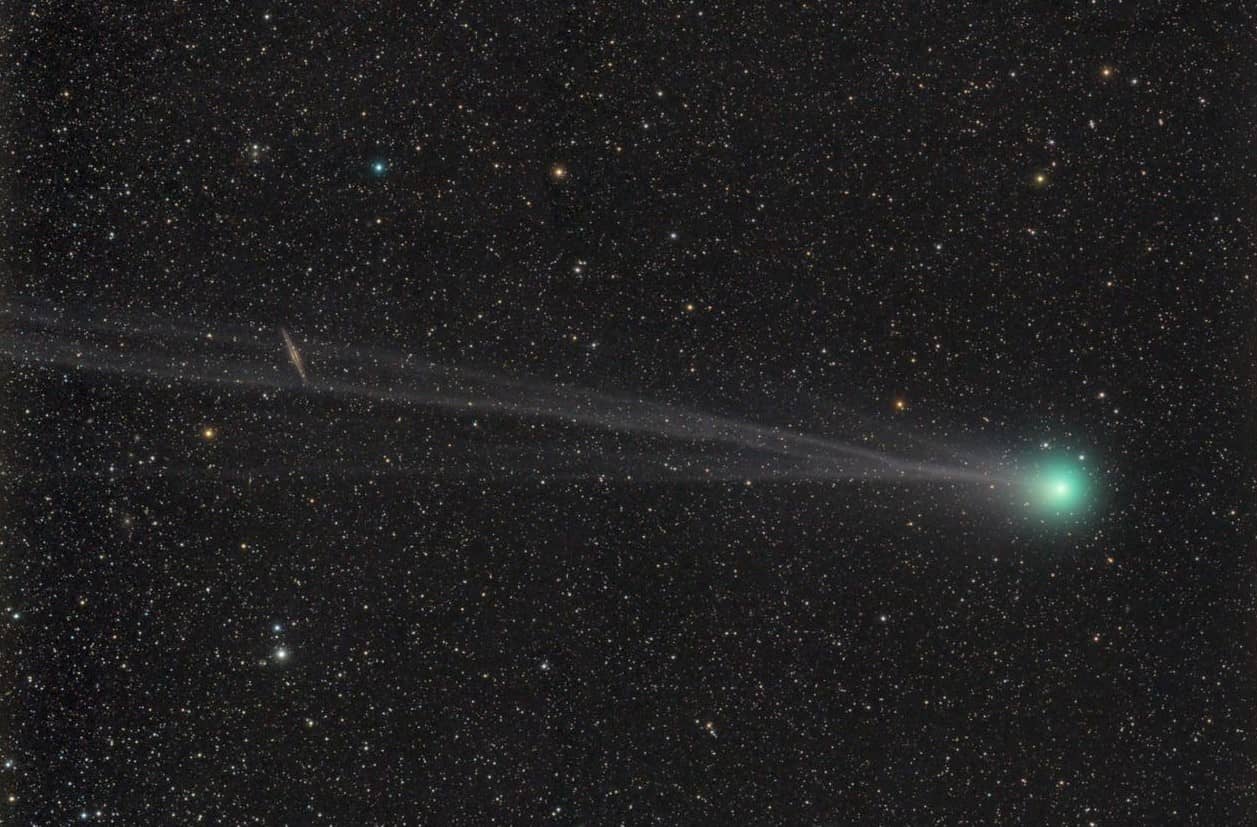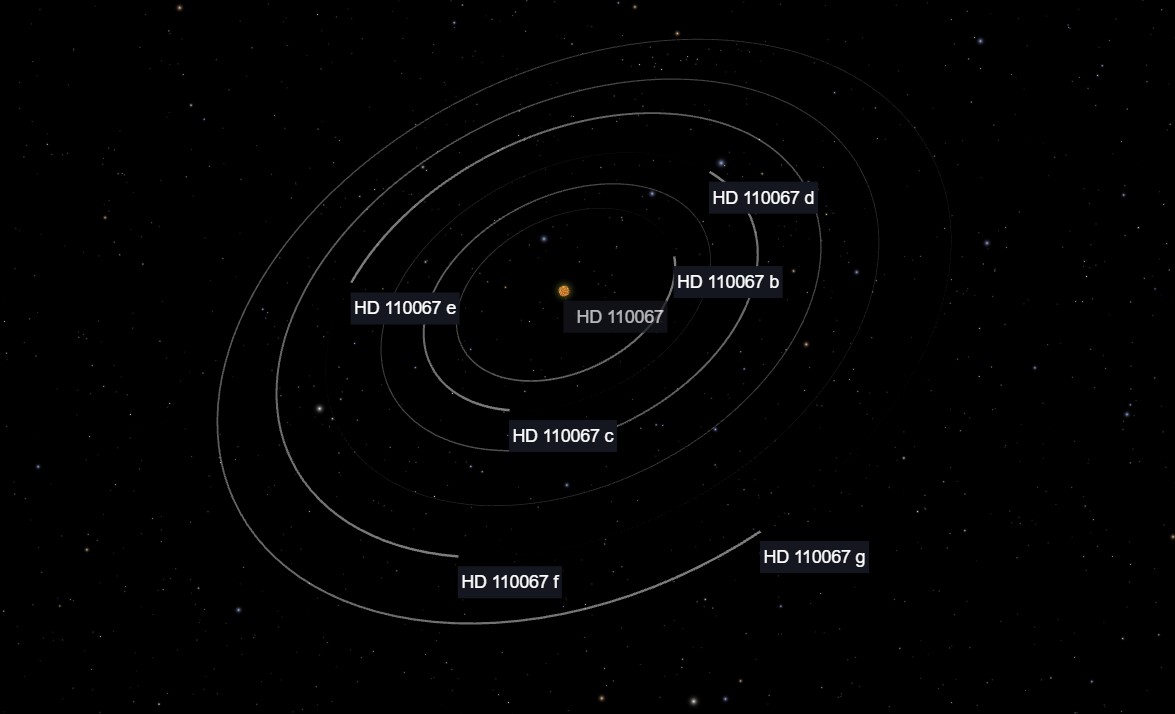Jupiter’s enigmatic moon, Io, has once again seized the attention of astronomers, courtesy of NASA’s Juno probe. The latest image, captured from approximately 2,400 miles (3,860 km) away, showcases the celestial spectacle of twin eruptions on Io’s surface. Renowned as the most volcanically active body in our Solar System, Io reveals faint yet distinctive gaseous trails, suggesting emissions from either two vents of one colossal volcano or two closely situated volcanic entities.
“On Feb. 3, NASA’s #JunoMission made a second close flyby of Jupiter’s moon Io, at a distance of 930 miles (1,500 km). The twin flybys are designed to provide new insight into how Io’s volcanic engine works and whether a global magma ocean exists under Io’s rocky surface”, NASA posted on the social platform X – formerly known as Twitter.
The latest astonishing encounter followed its initial approach in late December. Despite being slightly larger than Earth’s moon, Io stands out with its dramatic landscape, sculpted by the gravitational influences of Jupiter and its lunar neighbors Europa and Ganymede. This hostile terrain features hundreds of erupting volcanoes and lakes of molten lava, creating an otherworldly tableau.
Juno’s ongoing mission promises to shed more light on the mysteries of this captivating moon, expanding our understanding of the extremes that exist in our cosmic neighborhood.






